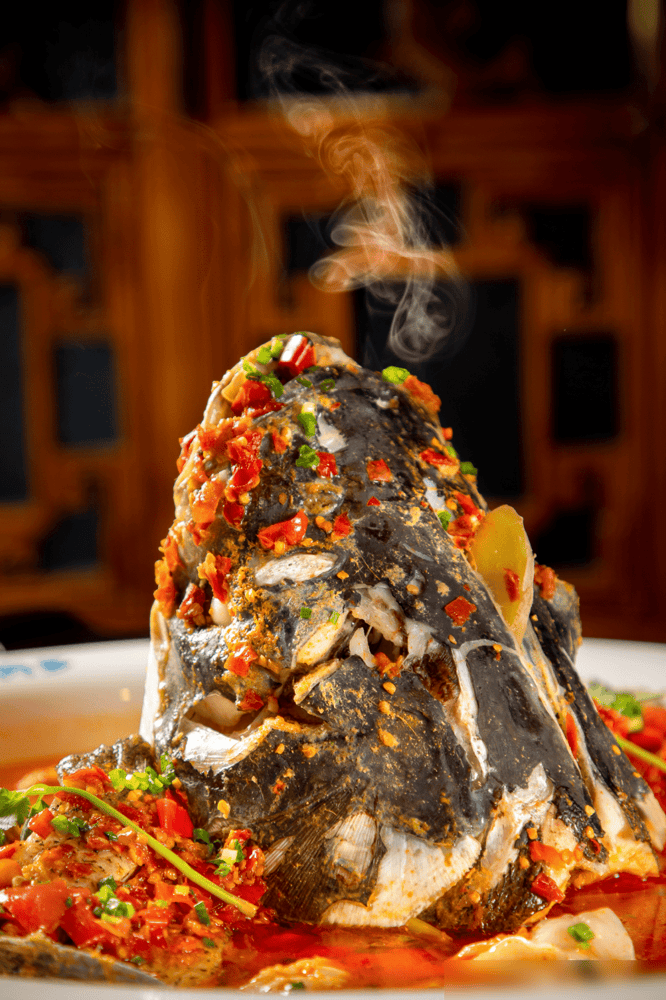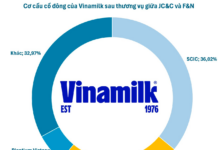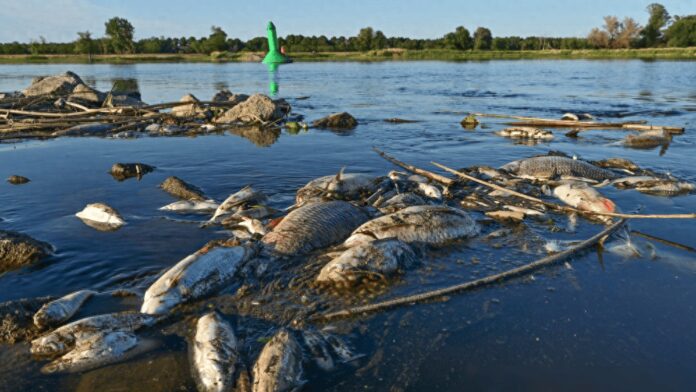Freshwater fish have long been an important part of the cuisine of many Asian countries, especially in China and Vietnam, where fish dishes such as sour soup or steamed fish are very popular on the dining table. However, when looking at the cuisine of European and American countries, it is easy to see that freshwater fish are not as prominent as they are in Asia. On the contrary, these countries prefer seafood, and eating freshwater fish has become quite rare. So, what has led to this difference?

The pollution of freshwater sources has reduced the appeal of freshwater fish.
Water Pollution: The Main Reason for the Decline in the Popularity of Freshwater Fish
The first and perhaps the most important reason why European and American countries rarely eat freshwater fish is the severe pollution of rivers and freshwater lakes. The Industrial Revolution brought about tremendous advances for Western countries, but it also had significant environmental consequences. During industrialization, factories in Europe and America directly discharged pollutants into rivers and lakes, severely contaminating the water in these sources. As a result, the organisms living in these waters, including freshwater fish, were poisoned or unable to survive, leading to a significant decline in the number and quality of freshwater fish.
Today, although European and American countries have made efforts to control pollution and restore the environment, the remnants of the industrialization era still leave noticeable marks. Fishing and consuming fish from polluted freshwater sources remains a concern, and that is why people in these countries tend to stay away from eating freshwater fish.

The abundance of seafood offers a preferred alternative to freshwater fish.
Abundance of Seafood: A Preferred Choice for Westerners
Another factor contributing to the reduced popularity of freshwater fish in Western cuisine is the abundance and diversity of seafood. European and American countries have long coastlines bordering resource-rich oceans. Therefore, it is no surprise that seafood has become the preferred choice for people in these regions.
Seafood has distinct advantages over freshwater fish. Seafood typically has fewer small bones, is easier to prepare, and lacks the characteristic muddy smell of freshwater fish. Moreover, seafood often has a richer flavor due to the presence of natural sea salt in their environment. Europeans and Americans are accustomed to simple yet effective cooking methods for seafood, such as frying, grilling, or steaming, which preserve the natural taste of the fish.
A unique aspect of Western cuisine is the focus on maximizing the use of fish meat. This differs from Asian cooking styles, where fish is utilized wholly, from head to tail, and fish dishes often involve complex preparation processes to remove bones and maintain the freshness of the fish meat.

Cultural and culinary habits influence the approach to freshwater fish.
Culinary Habits and Culture: Shaping the Consumption of Freshwater Fish
In addition to environmental and supply factors, culinary habits and culture play a significant role in shaping how Europeans and Americans consume fish. While many Asian countries consider eating freshwater fish an essential part of their daily diet, in the West, freshwater fish has never held a prominent position in their cuisine.
A classic example is the introduction of Asian carp in the United States. In the early 2000s, an organization in the US released a large number of Asian carp into local rivers. Although this species was not initially highly regarded in China, it quickly became an online “phenomenon” in the US. People organized events, such as the “Carp Festival” in Chicago, to test if this fish was indeed delicious.
However, when Americans tried to cook Asian carp, they found that it had a lot of bones and a more complicated preparation process compared to the seafood they were accustomed to. This inconvenience and lack of interest in preparing freshwater fish, especially when compared to the convenience of cooking seafood, further contributed to its lower consumption.

Freshwater fish may be perceived as less appetizing due to cooking methods.
Freshwater Fish: A Mismatch in Western Cuisine
One of the most significant differences between Asian and Western cuisine is the approach to cooking freshwater fish. While Asians often steam or braise freshwater fish to retain their natural flavor and freshness, Europeans and Americans tend to cook the fish thoroughly. This leads to a loss of the distinctive flavor of freshwater fish, making them less appealing to Western palates.
Additionally, the culture of keeping freshwater fish as pets in Western countries also influences their perception of freshwater fish. People in these regions often keep cute and adorable species of freshwater fish in their home ponds and aquariums, which are not typically consumed as food, creating a stark contrast to the way Asians approach freshwater fish, both as a food source and an integral part of their daily diet.

Freshwater fish have the potential to gain traction in Western cuisine with environmental awareness and sustainable practices.
Freshwater Fish and Their Future in Western Cuisine
Although freshwater fish are not popular in Western cuisine, it doesn’t mean they are entirely overlooked. With increasing environmental awareness and the demand for sustainable practices, freshwater fish are gradually becoming a potential choice for Western diners.
For instance, Asian carp are being utilized as raw material for pet food or fertilizer in the US. Simultaneously, some restaurants and chefs in Europe and America are experimenting with new recipes featuring freshwater fish, aiming to introduce novel and unique flavors to their patrons.
However, for freshwater fish to truly become an essential part of Western cuisine, a significant shift is needed in how people perceive and approach this type of fish. This requires not only creativity in cooking methods but also efforts to improve water quality and protect aquatic resources.

The rarity of freshwater fish consumption in Western countries is influenced by a combination of factors.
The rarity of freshwater fish consumption in European and American countries is not solely due to culinary habits but also influenced by a combination of factors, including environmental pollution, the abundance of seafood, and the distinct culinary culture of each region. However, with growing environmental awareness and the need for sustainable food sources, freshwater fish may become more prominent in Western cuisine in the future. Yet, for this to happen, a significant shift in perception and approach toward freshwater fish is necessary.
Approval of Conversion Plan for Biên Hòa 1 Industrial Park into a Residential and Commercial Area.
The aim of the project is to create a new, sophisticated, modern, and sustainable urban-commercial-service area, which will give a distinctive appearance to the specific region and to Bien Hoa city as a whole.



































